Introduction
Tangyuan, also known as yuanxiao during the Lantern Festival, is a beloved Chinese dessert symbolizing family unity and togetherness. These chewy, glutinous rice balls are traditionally served in a sweet broth, but freezing them allows for convenient, on-the-go treats or advance preparation for gatherings. While store-bought frozen tangyuan is readily available, homemade versions offer unparalleled freshness, customizable fillings, and a deeper connection to culinary heritage. This article delves into the art of making frozen tangyuan from scratch, blending time-honored methods with contemporary adaptations. Whether you’re a novice cook or a seasoned chef, this guide will equip you with the knowledge to create these delectable delights in your kitchen. We’ll explore ingredient selection, dough preparation, filling variations, freezing techniques, and creative presentation ideas. By the end, you’ll master the balance of texture, flavor, and aesthetics required to produce tangyuan that rival those from your favorite Chinese bakery.
Understanding the Basics: What Makes Tangyuan Unique?
Tangyuan’s appeal lies in its contrasting elements: a soft, pillowy exterior encasing a rich, often sweet filling. The dough, made from glutinous rice flour, provides a stretchy, glue-like consistency when cooked, while the filling—commonly black sesame, red bean paste, or peanut—offers a decadent counterpoint. Freezing tangyuan requires careful attention to prevent cracking or freezer burn, ensuring the dumplings retain their shape and texture after thawing. Unlike fresh tangyuan, which are cooked immediately, frozen versions demand a slightly different approach to dough hydration and storage. Mastering these nuances will elevate your homemade tangyuan to gourmet status.
Ingredients: Building Blocks of Perfection
Creating exceptional frozen tangyuan begins with selecting high-quality ingredients. Here’s a breakdown of essential components:
- Glutinous Rice Flour (Mochi Flour): Opt for fine, smooth flour for a pliable dough. Avoid coarse grains, which may yield gritty texture.
- Fillings:
- Classic Black Sesame: Toast sesame seeds until fragrant, then grind with sugar and butter.
- Red Bean Paste: Use canned or homemade adzuki bean paste, sweetened to taste.
- Peanut: Roast peanuts, blend with honey, and chill for a firm consistency.
- Modern Twists: Experiment with Nutella, matcha white chocolate, or fruit compotes.
- Liquid: Warm water (80–90°F/27–32°C) activates the flour’s stickiness. For flavor variation, substitute with coconut milk or osmanthus tea.
- Additives (Optional): A pinch of salt enhances sweetness, while food coloring or natural dyes (e.g., butterfly pea tea) add visual flair.
Step-by-Step Guide to Crafting Frozen Tangyuan
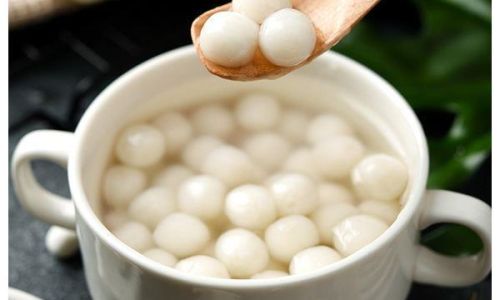
Preparing the Dough
- Mix Flour and Liquid: In a large bowl, combine 2 cups (250g) glutinous rice flour with 1 cup (240ml) warm water. Stir with a spatula until shaggy clumps form.
- Knead by Hand: Transfer to a lightly floured surface and knead for 5–7 minutes until smooth. The dough should feel tacky but not sticky. If too dry, sprinkle water; if too wet, add flour incrementally.
- Resting Period: Cover with a damp cloth and let rest for 15 minutes. This relaxes the gluten, making the dough easier to shape.
Crafting the Fillings
- Black Sesame Filling:
- Toast ½ cup (70g) black sesame seeds in a dry pan until aromatic.
- Grind in a food processor with ¼ cup (50g) sugar and 2 tbsp (30g) unsalted butter.
- Chill until firm.
- Red Bean Paste:
- Drain 1 can (400g) adzuki beans and mash with ¼ cup (50g) brown sugar and 1 tbsp (15ml) vegetable oil.
- Simmer over low heat for 10 minutes to thicken.
- Peanut Filling:
Roast ½ cup (75g) unsalted peanuts, then blend with 2 tbsp (30g) honey and a pinch of salt.
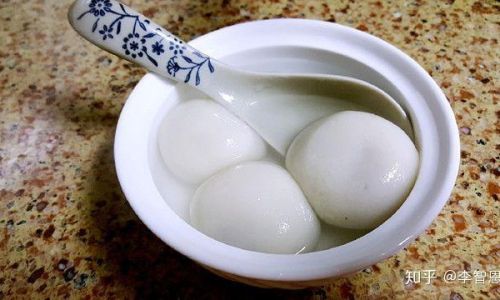
Assembling the Tangyuan
- Portion Dough: Divide the dough into 1-inch (2.5cm) balls. Cover with plastic wrap to prevent drying.
- Flatten and Fill: Using your thumb, create an indentation in each dough ball. Place 1 tsp of filling in the center.
- Seal Tightly: Gently pinch the dough around the filling, ensuring no gaps. Roll between palms to smooth.
- Prevent Sticking: Dust assembled tangyuan lightly with glutinous rice flour.
Freezing Techniques for Longevity
- Flash Freezing: Arrange tangyuan on a parchment-lined tray, ensuring they don’t touch. Freeze for 2 hours until solid.
- Storage: Transfer to airtight containers or freezer bags. Label with the date and filling type.
- Shelf Life: Frozen tangyuan lasts 3–4 months when stored at 0°F (-18°C).
Cooking Frozen Tangyuan
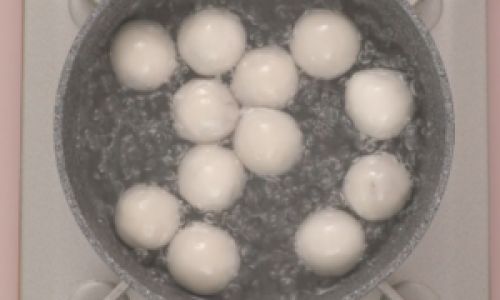
- Boil Water: In a large pot, bring 6 cups (1.4L) water to a rolling boil.
- Add Tangyuan: Gently lower frozen dumplings into the water. Stir occasionally to prevent sticking.
- Cooking Time: Boil for 8–10 minutes until they float. Reduce heat to a simmer for 2 additional minutes.
- Serve: Drain and transfer to a bowl of warm sweet soup (e.g., ginger, brown sugar, or osmanthus syrup).
Expert Tips for Flawless Frozen Tangyuan
- Dough Consistency: Avoid over-kneading, which can make the dough tough. Aim for a texture similar to playdough.
- Filling Ratios: Use no more than 1 tsp of filling per dough ball to prevent leakage during cooking.
- Freezer Safety: Never refreeze thawed tangyuan, as this compromises texture and safety.
- Creative Toppings: Elevate presentation with toasted sesame seeds, shredded coconut, or edible flower petals.
Exploring Regional and Modern Variations
Tangyuan’s versatility extends beyond traditional flavors. Here are innovative adaptations to inspire your culinary experiments:
- Savory Tangyuan: Fill with minced pork, mushrooms, and bamboo shoots for a hearty appetizer.
- Vegan Options: Substitute butter with coconut oil in fillings and use agave syrup instead of honey.
- Gluten-Free Alternative: Mix glutinous rice flour with tapioca starch for a chewier texture.
- Colorful Creations: Infuse dough with natural dyes like beetroot (pink), spinach (green), or butterfly pea flower (blue).
Troubleshooting Common Issues

- Cracked Dough: Add moisture incrementally; the dough may be too dry.
- Leaky Fillings: Ensure fillings are chilled and firmly packed before sealing.
- Gummy Texture: Overcooking causes stickiness. Boil until they float, then simmer briefly.
- Freezer Burn: Remove excess air from storage bags and avoid overcrowding the freezer.
Cultural Significance and Celebratory Uses
Tangyuan’s round shape symbolizes wholeness and harmony, making it a staple during the Lantern Festival and winter solstice. In Southern China, families gather to craft tangyuan, passing down recipes through generations. Modern interpretations, such as charcoal-black tangyuan or rainbow-layered varieties, reflect evolving tastes while honoring tradition. Frozen tangyuan extends this cultural practice, allowing households to enjoy the treat year-round without labor-intensive preparation.
Conclusion: Embracing Tradition with Innovation
Mastering frozen tangyuan is a rewarding journey that bridges culinary heritage with contemporary convenience. By understanding the science behind dough hydration, filling consistency, and freezing techniques, you can create desserts that delight the senses and nourish the soul. Whether you prefer the timeless allure of black sesame or the boldness of matcha-infused dough, homemade tangyuan offers a canvas for creativity. Share these frozen gems with loved ones, and let each bite remind you of the warmth of togetherness—a testament to the enduring power of food to connect us across time and culture.
Final Thoughts
Experimentation is key to refining your tangyuan-making skills. Keep a journal of flour brands, filling ratios, and cooking times to tailor recipes to your taste. Soon, you’ll curate a signature tangyuan that becomes a cherished tradition in your household. Bon appétit!
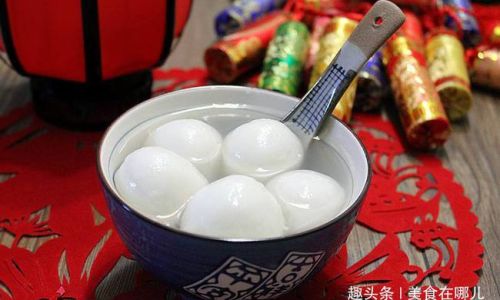

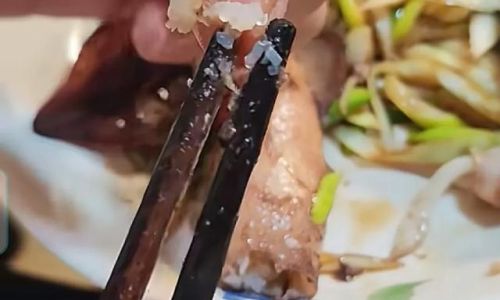
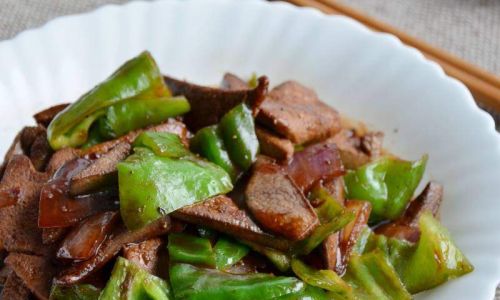
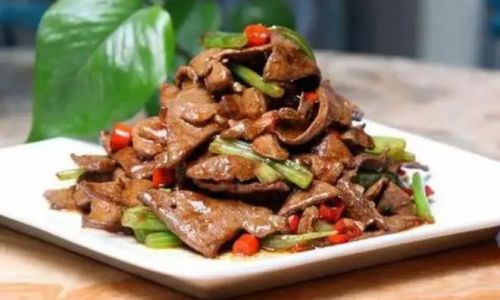
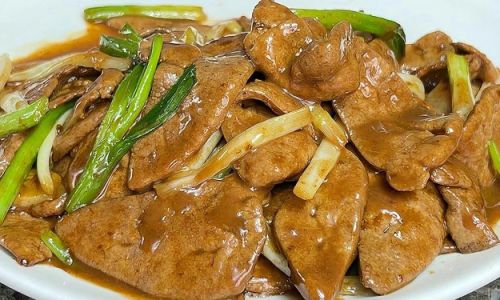
0 comments